The threat from the Sun: should we be worrying about coronal mass ejections?
Scientists have real concerns that extreme weather on the Sun’s surface could unleash a catastrophe on humanity
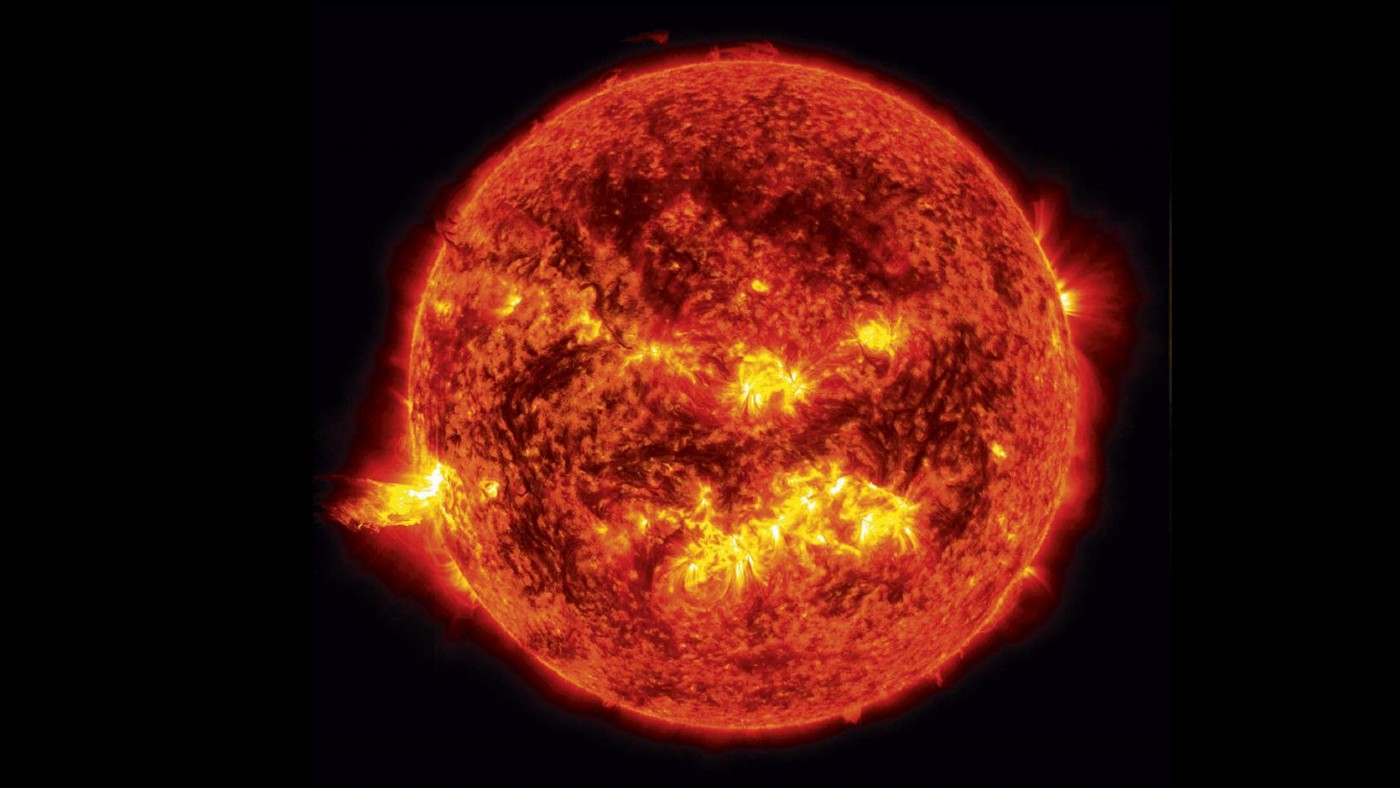
How is solar weather created?
The surface of the Sun is blisteringly hot, with a temperature of 10,000°F – but the aura of plasma (electrically charged gas) that surrounds it, known as the corona, is far hotter, and in a state of constant turbulence. The corona is so hot that the Sun’s gravitational field can’t hold it, and particles are regularly flung off into space, travelling in every direction through the solar system at millions of miles per hour. This constant flow of particles is called the solar wind. But there are also larger-scale events known as coronal mass ejections (CMEs): huge eruptions caused by magnetic storms on the Sun’s surface, which shoot out billions of tonnes of plasma into space. These vast globs of charged particles regularly hit the Earth.
And how does that weather affect us?
The Week
Escape your echo chamber. Get the facts behind the news, plus analysis from multiple perspectives.

Sign up for The Week's Free Newsletters
From our morning news briefing to a weekly Good News Newsletter, get the best of The Week delivered directly to your inbox.
From our morning news briefing to a weekly Good News Newsletter, get the best of The Week delivered directly to your inbox.
Other planets, such as Mars, have had their atmospheres stripped away by the solar wind. But for Earth, solar storms are mostly a benign phenomenon: our planet is protected by its magnetic field, which deflects most of the incoming particles. They are usually pushed towards the North and South Poles, where they cause the aurora, the northern and southern lights: as they travel through the atmosphere, the charged particles excite oxygen and nitrogen atoms, emitting light. However, big CMEs could cause much more dramatic and potentially damaging geomagnetic storms.
What sort of effects could CMEs cause?
The most famous occurred in 1859, and was called the Carrington Event. Richard Carrington, an English astronomer, was observing a projection of the Sun onto a cotton sheet using his telescope on the morning of 1 September, when he noticed two brilliant white points of light emerging from the Sun’s surface: solar flares caused by a vast CME. By the following evening, the sky was ablaze with auroras as particles from those flares reached Earth: in the Rocky Mountains, campers woke up and started making breakfast at midnight; auroras were seen from Nottingham to Cape Town to East Asia, and as far south as the Caribbean. The New York Times recorded crowds staying up to watch, as “great pillars” and “rolling cumuli” of light in the night sky changed colour rapidly “from red to orange, orange to yellow, and yellow to white, and back in the same order to brilliant red [until] lost in the beams of the rising Sun”. In Australia, a miner spoke of “a scene of almost unspeakable beauty” in which “lights of every imaginable colour were issuing from the southern heavens”.
Why could this be threatening?
A free daily email with the biggest news stories of the day – and the best features from TheWeek.com
The lights were only a sideshow; the significant thing was the huge magnetic storm causing them. The dramatic changes in Earth’s magnetic field caused by solar storms induce electrical currents in conductors on the planet’s surface – notably in metal structures such as electric lines, pipelines and railway tracks. The Carrington Event took down large parts of the newly built telegraph network. From San Francisco to Bombay, telegraph cables were overwhelmed by current, shorting the system. In New York, a telegraph operator was stunned as an “arc of fire” shot off a ground wire into his forehead; “streams of fire” poured from circuits in Pittsburgh. And all this was before the existence of electricity grids. The fear is that in today’s electrified, interconnected, technology-reliant world, the effects would be much worse.
How bad could it be?
“The possible consequences are immense,” says Ilan Kelman, professor of disasters and health at University College London. The fear is that a solar storm could disable the world’s power grids and communications networks, knocking out satellites and threatening aeroplanes in flight. Radio or phone signals, satellites providing navigation, data centres, even the internet, could be interrupted or disabled. Much of the infrastructure of the modern world could grind to a halt. There have been warnings in the recent past. In 1989, the whole of Quebec suffered a 12-hour power blackout because of a solar storm. In 2011, another storm briefly knocked out North America’s flight navigation system. A US National Research Council report from 2008 estimated that a repeat of the Carrington Event could initially cost $1trn-$2trn in the US alone.
Is the doomsday scenario likely?
Not everybody agrees that the impact would be so severe. A 2013 report from the Royal Academy of Engineering said that the effects of a major solar storm in Britain would be “challenging” but not “cataclysmic”; it concluded that the UK’s infrastructure is broadly strong enough to cope, and that the effects would be manageable, likening them to the impact of the Icelandic volcano eruption in 2010. “Our message is: ‘Don’t panic, but do prepare,’” said Professor Paul Cannon. “A solar superstorm will happen and we need to be ready for it.” The National Grid has developed a “Black Start” plan, whereby the entire grid would be turned off until the storm passes, to be turned back on again bit by bit. It has dismissed dire warnings as a “(solar) storm in a teacup”.
When is the next big storm due?
CMEs like the one that caused the Carrington Event happen often. Even so, the odds that a mass ejection will fling magnetic plasma straight in the direction of Earth, as happened in 1859, are long. There have been others: evidence from tree rings suggests that an even bigger solar storm, known as the Charlemagne Event, occurred in 774 or 775. A 2019 study in the journal Scientific Reports found a 0.5-1.9% chance of a Carrington-level storm happening in the next decade. However, Nasa experts expect the Sun’s activity to “ramp up” during the current solar cycle – with a peak in activity due in July 2025. Even in the worst-case scenario, solar storms take one to three days to hit Earth – so with luck, there should be time to prepare.
How else could civilisation end?
The Global Challenges Foundation in Stockholm compiles an annual list of catastrophes “that would cause the death of over 10% of humanity, or cause damage on a similar scale”. It regards weapons of mass destruction, catastrophic climate change, ecological collapse and pandemics as the prime contenders. Further down the list comes the threat of a large asteroid impact, such as the six-mile-wide rock which wiped out the dinosaurs 65 million years ago. Fortunately, asteroids this size only strike Earth every 100 million years or so. A more imminent threat could come in the shape of a supervolcanic eruption – one in which at least 400 cubic km of bulk material is expelled, subsuming swathes of land and spewing ash across the planet, with devastating climatic effects. Such eruptions happen every 17,000 years or so. Last on the foundation’s list comes the prospect of out-of-control Artificial Intelligence. The curious thing about these civilisation-ending scenarios, says Dr Anders Sandberg, from Oxford University’s Future of Humanity Institute, is how little we know about them. “There are more papers about dung beetle reproduction than human extinction,” he said in 2016. “We might have our priorities slightly wrong.”
-
 The 8 best drama movies of 2025
The 8 best drama movies of 2025the week recommends Nuclear war, dictatorship and the summer of 2020 highlight the most important and memorable films of 2025
-
 Why, really, is Trump going after Venezuela?
Why, really, is Trump going after Venezuela?Talking Points It might be oil, rare minerals or Putin
-
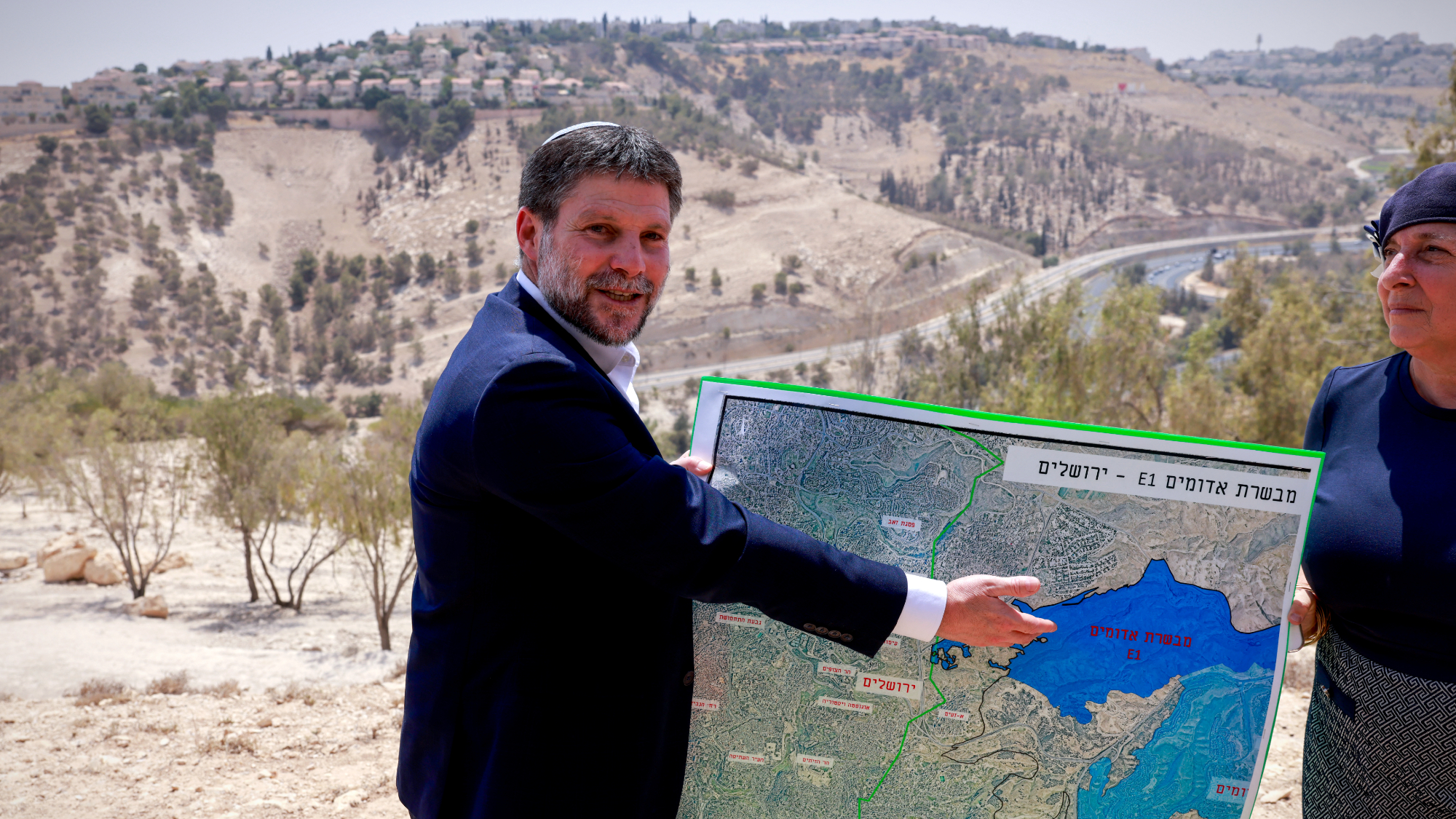 Israel approves new West Bank settlements
Israel approves new West Bank settlementsSpeed Read The ‘Israeli onslaught has all but vanquished a free Palestinian existence in the West Bank’
-
 Blue Origin launches Mars probes in NASA debut
Blue Origin launches Mars probes in NASA debutSpeed Read The New Glenn rocket is carrying small twin spacecraft toward Mars as part of NASA’s Escapade mission
-
 ‘The Big Crunch’: why science is divided over the future of the universe
‘The Big Crunch’: why science is divided over the future of the universeThe Explainer New study upends the prevailing theory about dark matter and says it is weakening
-
 The moon is rusting
The moon is rustingUnder the radar The Earth is likely to blame
-
 Panspermia: the theory that life was sent to Earth by aliens
Panspermia: the theory that life was sent to Earth by aliensUnder The Radar New findings have resurfaced an old, controversial idea
-
 Africa could become the next frontier for space programs
Africa could become the next frontier for space programsThe Explainer China and the US are both working on space applications for Africa
-
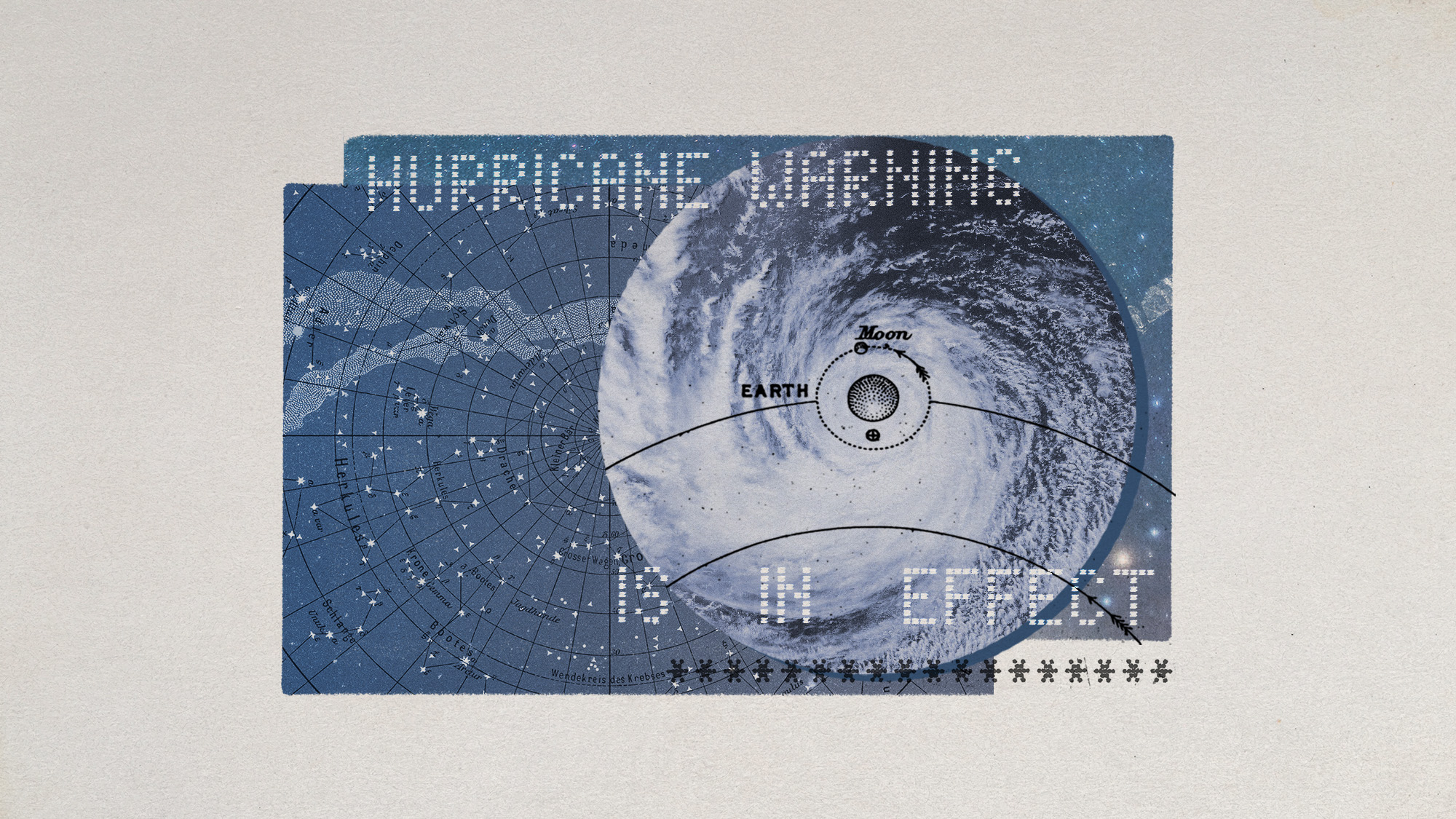 Hurricanes are not exclusive to Earth. They can happen in space.
Hurricanes are not exclusive to Earth. They can happen in space.Under the radar These storms may cause navigational problems
-
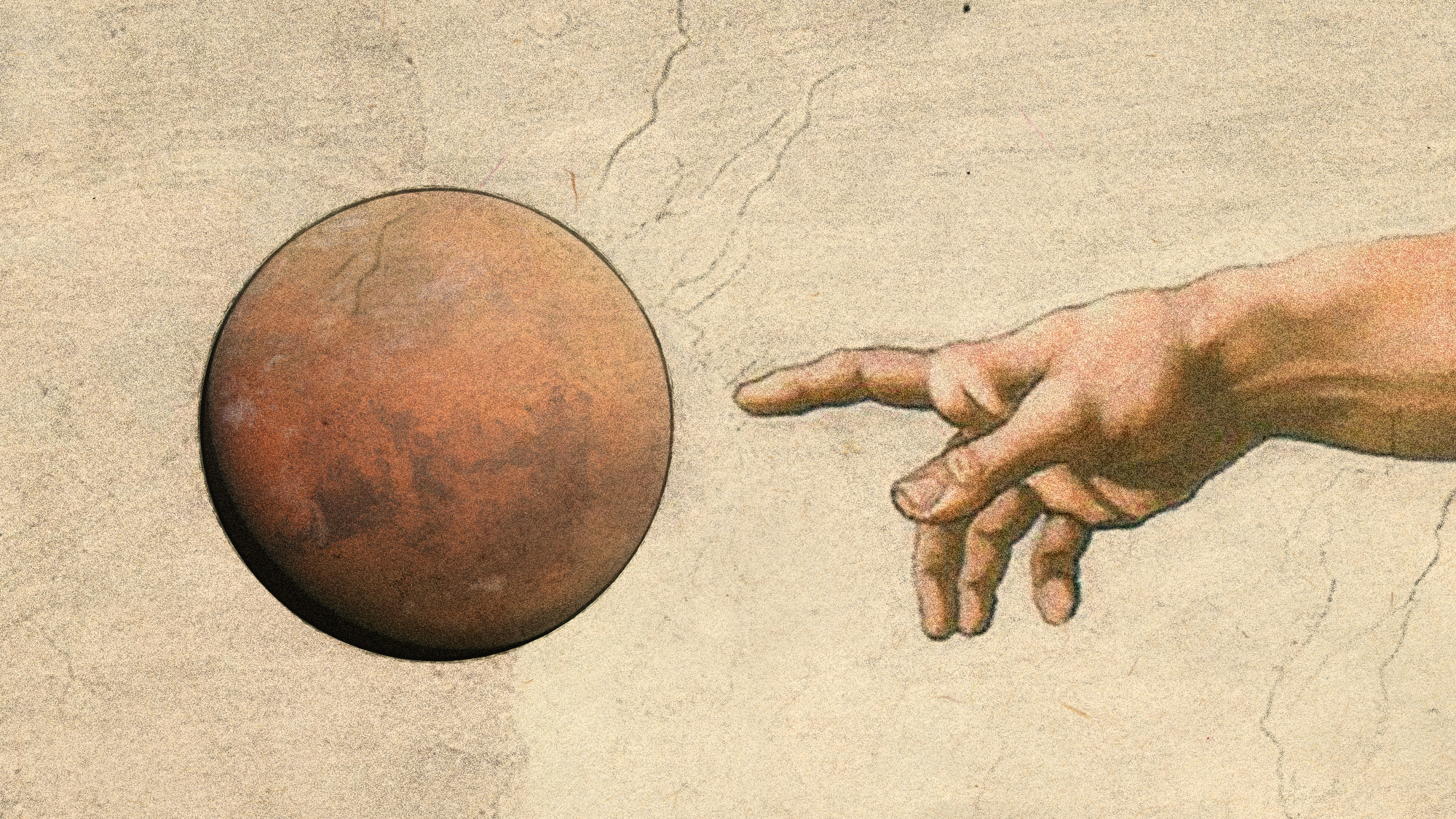 Answers to how life on Earth began could be stuck on Mars
Answers to how life on Earth began could be stuck on MarsUnder the Radar Donald Trump plans to scrap Nasa's Mars Sample Return mission – stranding test tubes on the Red Planet and ceding potentially valuable information to China
-
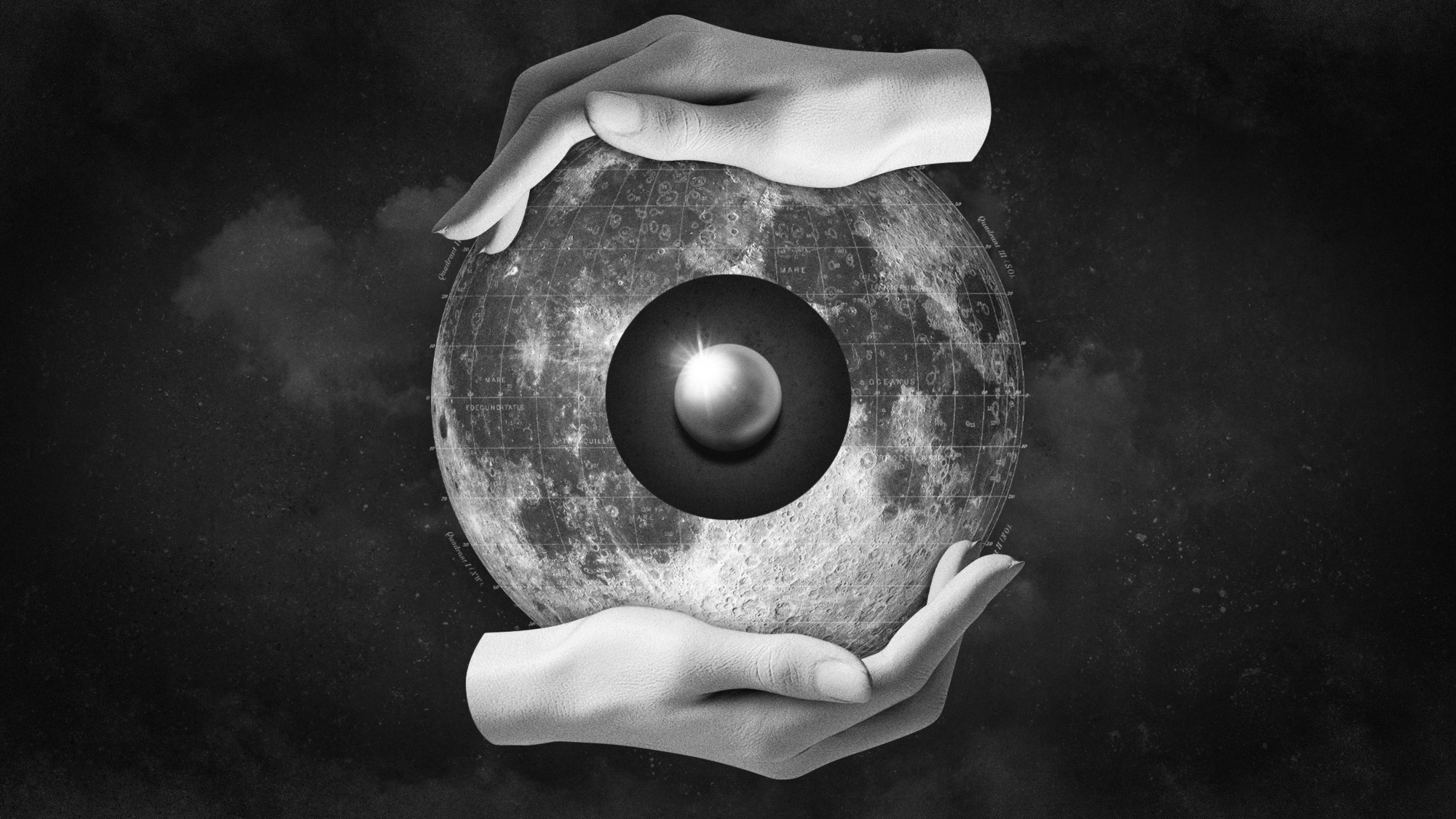 The treasure trove of platinum on the moon
The treasure trove of platinum on the moonUnder the radar This kind of bounty could lead to commercial exploitation